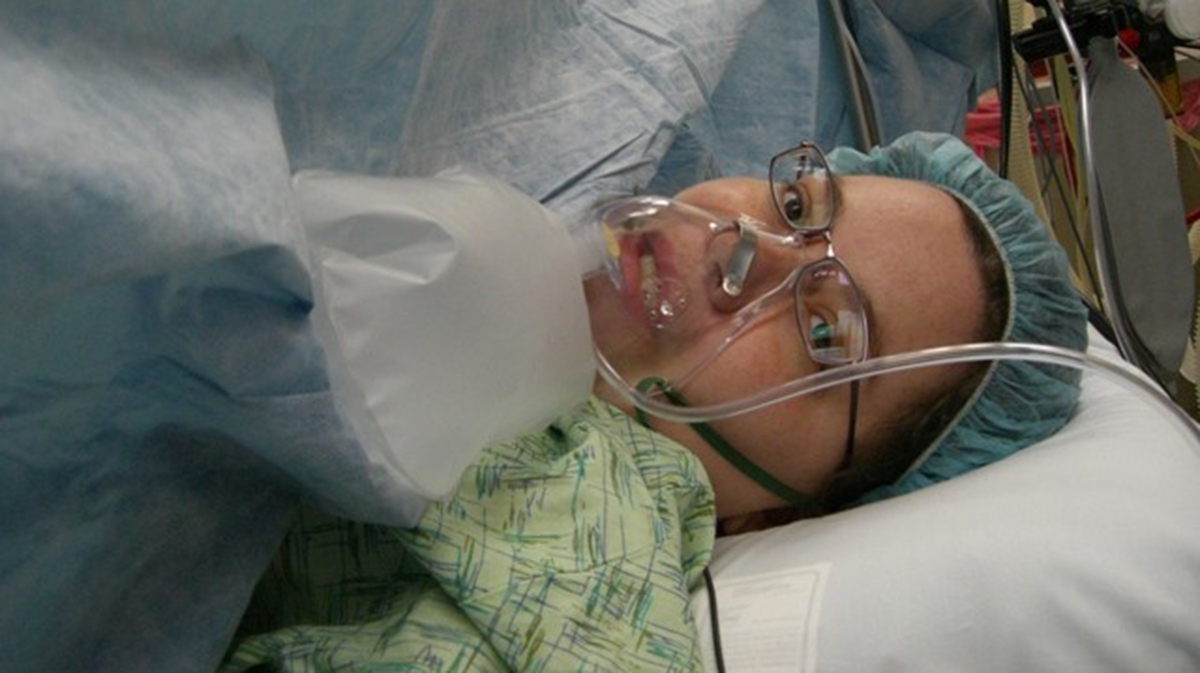Table of Contents
If the doctor has to perform a more invasive medical procedure that involves the exposure of a wider body area, for example the leg, the type of sedation to use would be regional anesthesia. But if the surgery comprises a more complicated procedure, such as the removal of a tumor or a kidney, general anesthesia would be used. Both of them involve the use of stronger dosis of anesthetic and the constant monitoring of the specialist.

Regional anesthesia
There are two types of regional anesthesia. The first one is called spinal anesthetic because it is applied in the subarachnoid space that surrounds the spinal cord and it is used to numb the lower abdominal, pelvic, rectal and lower limbs body regions. The second one, the epidural anesthetic, is similar to the spinal type but it is applied outside the subarachnoid space and is mainly used to sedate the lower limb region in women during labour and childbirth.
In order to avoid several injections in this area, the anesthesiologist leaves a small catheter during the first injection, through which it is possible to administrate more anesthetic if required.
Regional anesthesia involves more risks than the local one, because it is applied in a very delicate area of the nervous system and because it basically blocks the nerves of a wider body area, but the patient is constantly monitored by the specialist during the procedure.
General anesthesia
General anesthesia causes a state of unconsciousness and the inability to move. This type of sedation is used in major surgeries and can be achieved by using inhaled anesthetics, anesthetics in solutions that are administered directly into the bloodstream or both.
First, it acts at the level of the spinal cord, affecting the ability of the patient to move; second, it blocks signals in the brain stem, causing unconsciousness, and third it reaches the cerebral cortex.
See Also: Brain Recovery After Anesthesia
When the surgery ends, the administration of the sedative is ceased gradually in order to bring the patient into a conscious state again.
Just as any other medical procedure, anesthesia has intrinsic risks, specially related to unexpected allergic responses to the anesthetic; however, anesthesiologists are well prepared specialists that, after a complete evaluation of the health state of the patient and the type of surgery to be performed, will determine if the patient can undergo surgery and will monitor the patient´s state before the surgery starts, during the period of unconsciousness and until after the patient wakes up from anesthesia.
- Photo courtesy of Jeffrey Russell by Wikimedia Commons : ja.wikipedia.org/wiki/%E9%BA%BB%E9%85%94%E7%A7%91%E5%8C%BB#mediaviewer/File:US_Navy_050419-N-6665R-030_Dr._Akshay_Dalal_provides_medication_for_an_Indonesian_patient_as_the_medical_team_aboar
- Photo courtesy of Critical Moss by Flickr : www.flickr.com/photos/criticalmoss/147421683
- kidshealth.org/teen/your_body/medical_care/anesthesia_types.html
- www.hopkinsmedicine.org/healthlibrary/conditions/surgical_care/types_of_anesthesia_and_your_anesthesiologist_85,P01391/
- www.rcoa.ac.uk/about-the-college/history-of-anaesthesia
- www.nigms.nih.gov/education/pages/factsheet_anesthesia.aspx
- science.howstuffworks.com/anesthesia.htm/printable


Your thoughts on this